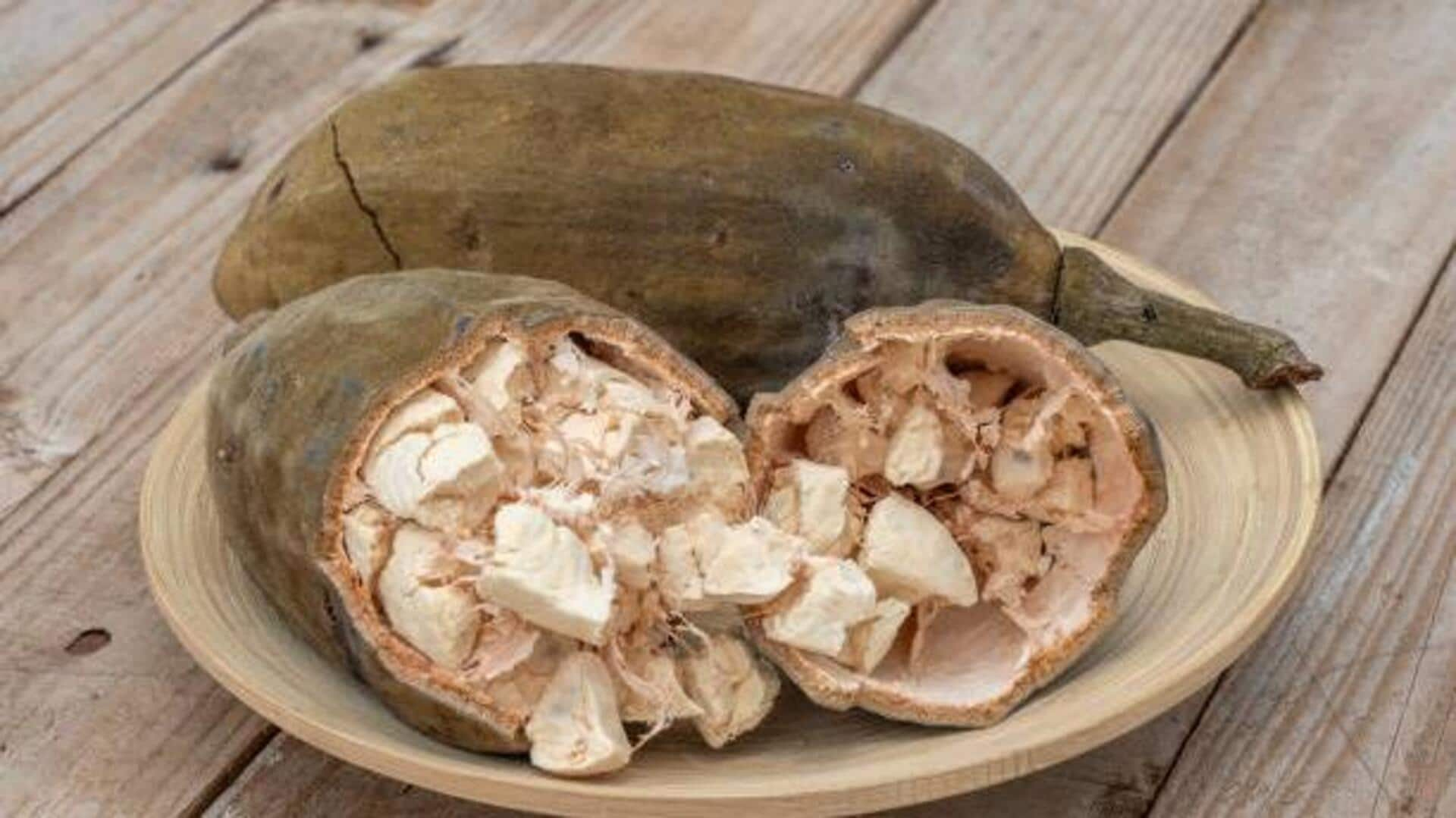
Baobab stem: The superfood you've been missing out on
What's the story
Native to Africa, the baobab tree, popularly known as the Tree of Life, has formed a staple in locals' diets for centuries. But now, it's the stem of this tree that's catching everyone's attention for its nutritional benefits and versatility. Resilient in the harshest of climates, the baobab stem boasts of several health benefits making it a must-add to everyone's diet. Here's all about this superfood powerhouse.
Nutrients
Nutritional benefits of baobab stem
The baobab stem is packed with vitamins and essential nutrients, including vitamin C, calcium, potassium, and fiber. It has more vitamin C than oranges and more calcium than milk. The high fiber content facilitates digestion and promotes gut health. The presence of antioxidants also helps fight oxidative stress in the body.
Cultural significance
Traditional uses across Africa
Traditionally, baobab stem has been used in many African communities for medicinal purposes. It is commonly used for treating ailments such as fever and digestive issues. The fibrous nature of the stem also serves as a great utility for making ropes and other materials necessary for daily life.
Versatility
Modern culinary applications
Today, people are integrating baobab stem into a host of culinary applications beyond its traditional use. It can be ground into a powder and added to smoothies or baked goods for an added nutritional punch. Its slightly tangy flavor works well with sweet and savory dishes alike, making it a versatile ingredient in contemporary kitchens.
Eco-friendly choice
Environmental impact and sustainability
The growing of baobab trees is also a step towards environmental sustainability considering they require very little water to grow. They are important in preventing soil erosion and maintaining ecological balance in their natural habitat. The use of products made from baobab stems also promotes sustainable agricultural practices.